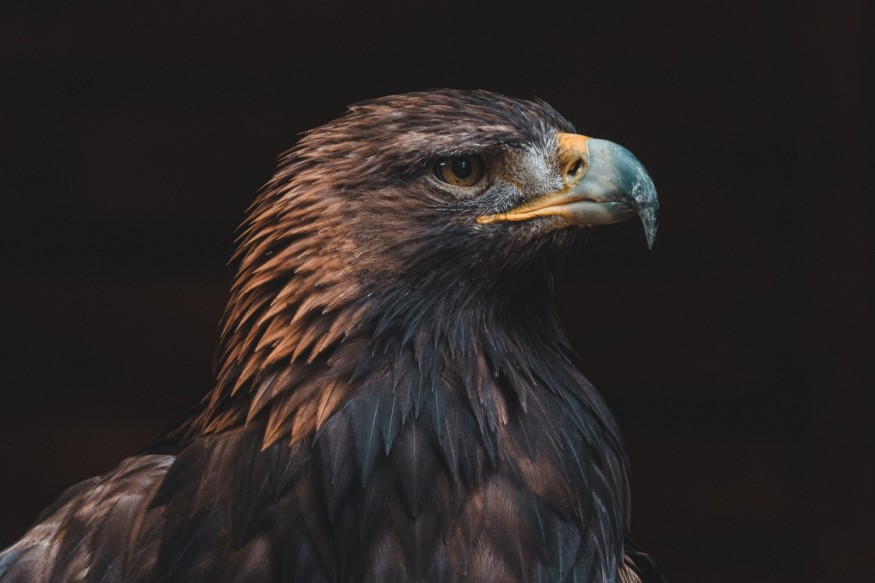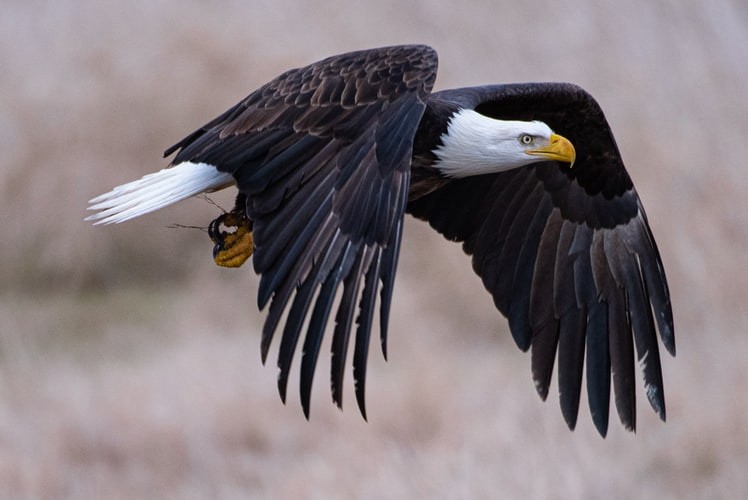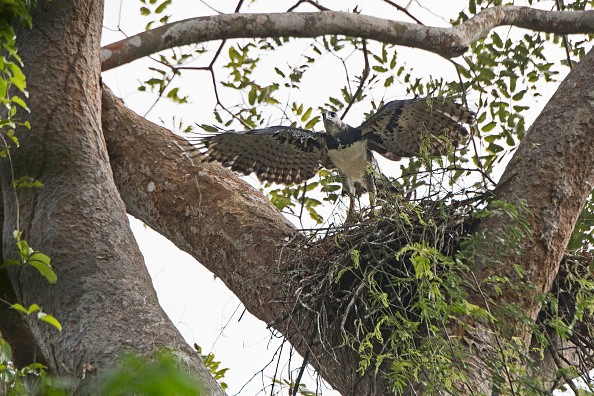One of the world's oldest raptor species has been identified as a 25-million-year-old eagle fossil unearthed on a remote outback cattle ranch in South Australia.

In a research published in the journal Historical Biology, paleontologists discovered the eagle fossil on the edge of a dry lake known as Lake Pinpa in 2016 and have now classified it as a new species, Archaehierax sylvestris.
Studying the Prehistoric Bird
With a footspan of 5.9 inches, the ancient bird was somewhat smaller than a wedge-tailed eagle, according to Ellen Mather, a Ph.D. candidate at Flinders University and the study's primary author.
"Based on what we know, it would have been one of the bigger eagles present at the time," she added. Lake Pinpa is currently a sandy desert environment, although it was most likely a temperate rainforest with permanent water sources 25 million years ago.
"We believe it would have been feeding on most of the small-to-medium birds and animals that were also alive at the time," Mather said, including predecessors of contemporary possums and koalas living in the forest, as well as other birds like ducks and maybe flamingos.
Related Article : Reports Showed that Once Going Extinct Bald Eagle Population Quadrupled Since 2009
Comparing Archaehierax sylvestris to Modern Eagles

The eagle had small wings compared to its size but large legs. Mather explained, "That's fairly typical with forest eagles." "Compared to eagles that dwell in more open settings like meadows or forests, it's an adaptation for needing to fly through a more crowded space."
"We believe it was an ambush hunter," says the narrator. While it would not have been a rapid flier, it would have been nimble, able to turn quickly, and would have most likely waited [on] a perch for prey to stray within striking distance."
Prehistoric Indigenous Australian Eagles
The finding, according to Mather, proved that Australia had an indigenous lineage of eagles early in the evolution of the creatures. However, the ancient bird belonged to a separate branch of eagles and was not a current species' direct progenitor.
"It demonstrates that this family [the Accipitridae] was broadly dispersed but already diversifying 25 million years ago, and Australia appears to have been a site of exceptional variety even then."
The ancient eagle has various characteristics not found in current hawks and eagles, such as a longer footspan for catching prey.
"Some of the muscle insertion sites on the leg were pretty deep compared to most surviving accipitrids [the bird family that includes hawks and eagles], so that may imply quite a powerful grasp... given its quite slender build," Mather added.
Discovering the Remains

The ancient eagle's bones were discovered in abundance, making it one of the finest preserved fossils found at the Lake Pinpa cattle ranch. Many additional Australian animals' ancestors have been identified at the site, including wombats, platypus, and kangaroos.
After it died, the eagle specimen was most likely swept into a lake. "Those bones would have been buried in the sediment at the time," Mather added, explaining how they were preserved.
For the most recent updates from the animal kingdom, don't forget to follow Nature World News!
© 2025 NatureWorldNews.com All rights reserved. Do not reproduce without permission.





